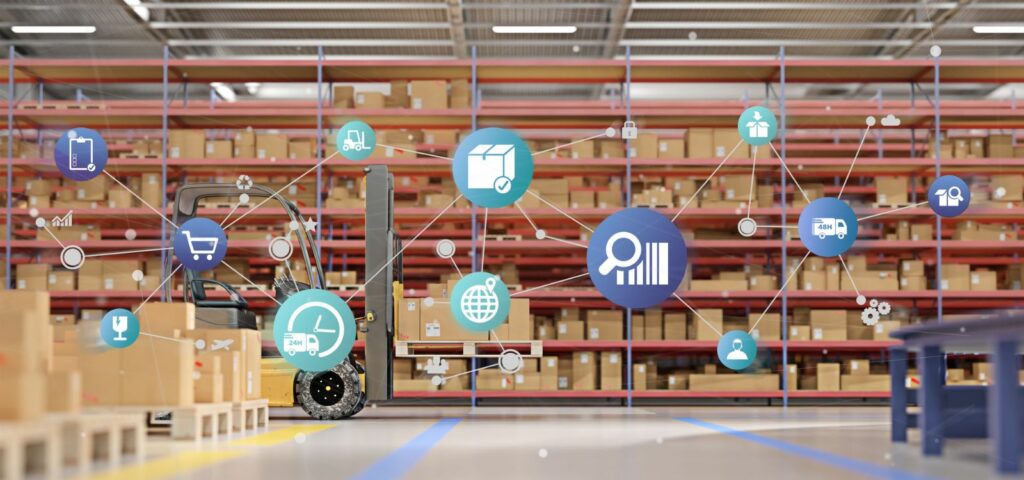Cloud computing has transformed the way we do business. The growth is exponential for organizations that implement cloud technologies, offering leaps and bounds in cost-efficiency, scalability, visibility, and business continuity.
But simply being “on the cloud” doesn’t mean your organization is seeing all the benefits it could. To get the most out of the cloud, pay attention to these cloud trends for 2021 and beyond.
1. Machine Learning and AI is Becoming More Attainable
As companies continue to search for ways to streamline and optimize their operations, machine learning and AI will help them along the way. We’re seeing cloud offerings becoming more and more attainable for a broader range of companies.
While cloud platforms like Microsoft’s Supply Chain Management assist large enterprises with everything from asset management to inventory control, we’ll continue to see cost-efficient cloud solutions tailored to automate small manual tasks, such as:
- Automating payroll
- Forecasting budget
- Chatbots
- Improving compliance
- Detecting fraudulent transactions
- predicting sales trends
The more machine learning and AI tools become readily available, the faster organizations can eliminate manual tasks and instead focus on innovation.
2. The Rise of Platform as a Service (PaaS)
There has been a steady rise in businesses investing in PaaS as they modernize their operations. PaaS is a full cloud development and deployment environment. You buy cloud resources you need on a pay-as-you-go basis and access them over the internet.
The PaaS market is expected to grow 26.6 percent in 2021, Gartner forecasts, stating that the growth is driven by remote workers needing access to “high performing, content-rich and scalable infrastructure to perform their duties.”
PaaS includes infrastructure, middleware, development tools, business intelligence (BI) services, database management systems, and more. PaaS is designed to support the complete web application lifecycle: building, testing, deploying, managing, and updating.

3. Edge Computing
With 127 new IoT devices connecting to the Internet every second, issues of bandwidth, security, and latency are inevitable. The rising trend of edge computing alleviates these problems by building localized data centers that are physically closer to devices. The geographic proximity reduces the load on the cloud, improving the deployment and functionality of applications and devices.
As manufacturers upgrade to the cloud and connect IoT devices, they will continue to garner deep insights and predictive analysis by running code directly on the device or nearby data centers. Not only will this offer more efficient interactions, but it will significantly contribute to breaking down siloed information in supply chains.
4. Containerization
With traditional software development, developers create code tailored to one computing environment. But when it’s deployed in another environment, the app often runs with bugs and errors. For example, this is why you might find that not all mobile apps work for both iPhones and Androids. They were built with a specific operating system in mind.
The rising trend and solution to this problem is containerization, which packages an application and all its dependencies in a lightweight, uniform set of libraries and APIs. Because the containers are standardized, applications can be up and running quickly in multiple computing environments. Additionally, each container is only tens of MBs in size; a single server can host multiple applications—saving costs toward hardware and maintenance.
These four cloud trends are set to grow and seriously improve cloud computing for a multitude of industries. If your organization hasn’t upgraded to the cloud, you could be missing out on significant opportunities to make your processes more efficient, increase revenue, and find cost savings.
Your software solutions should work seamlessly together to build your business. We would love to chat more with you about bringing your software up-to-date to meet your company’s needs. Rangeline Solutions, a Nexer Group Company is a boutique Enterprise Resource Planning (ERP) solutions provider using Microsoft Dynamics 365 to drive digital excellence for manufacturing and distribution organizations.
Request a consultation today!
